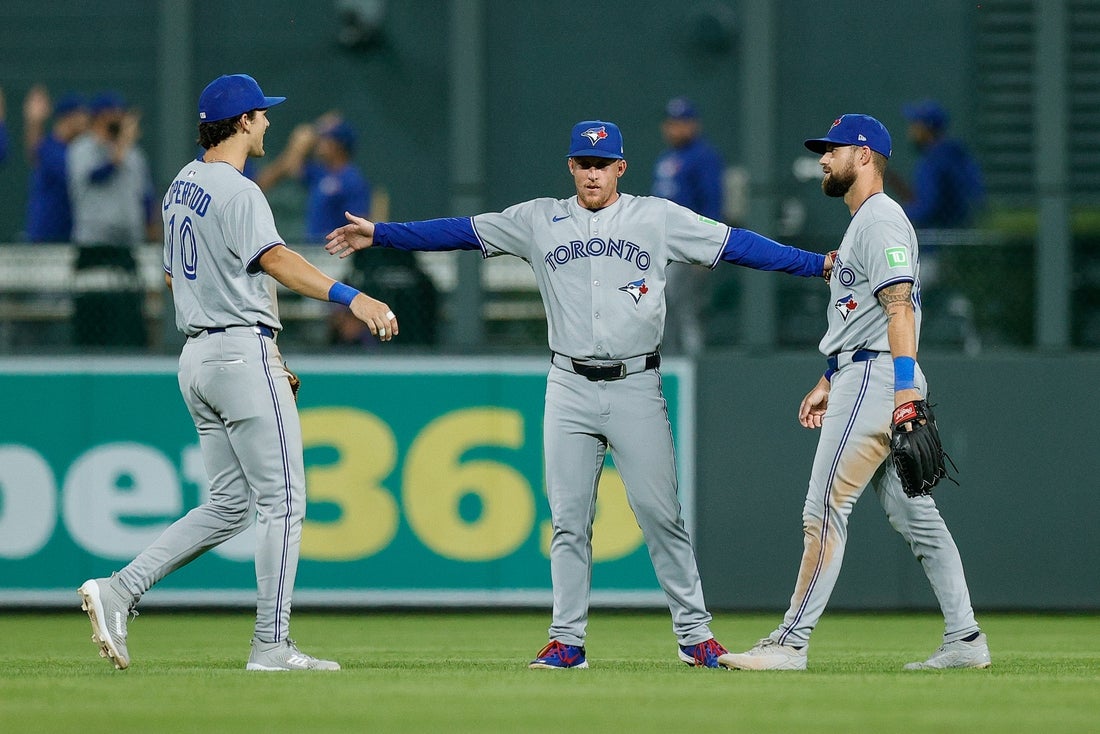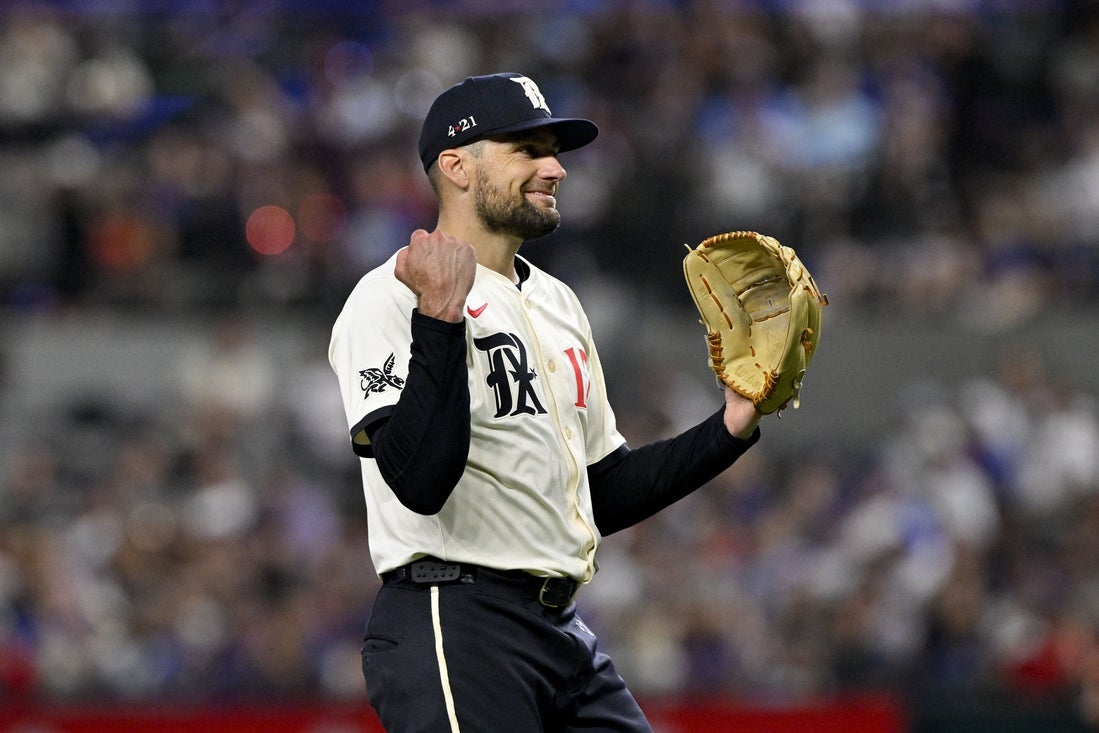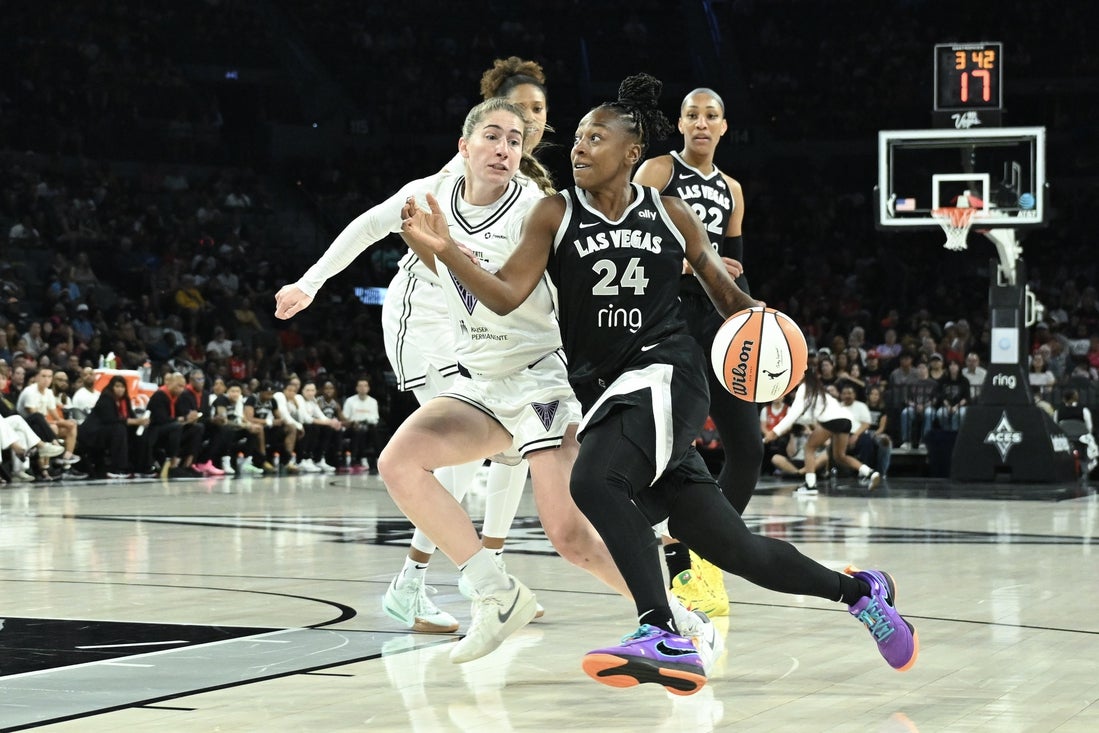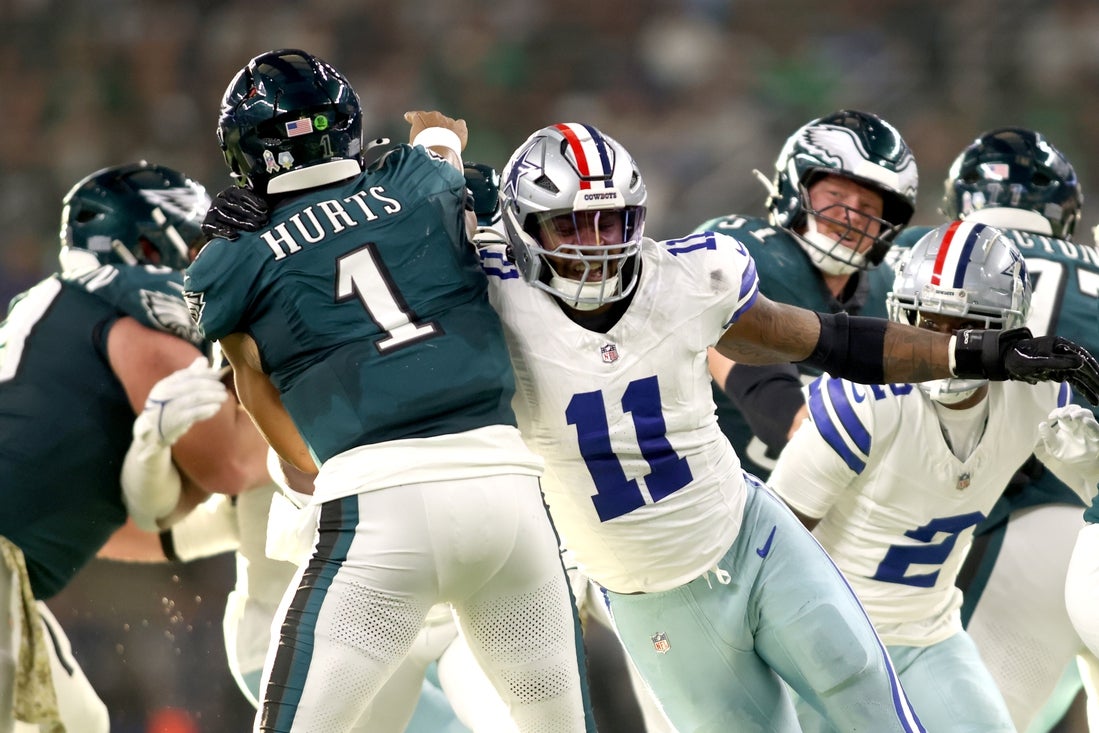Top soccer leagues from around the world have completed their seasons. June is upon us, and the finals in the NBA and NHL are underway.
That means the annual “Summer of Soccer” is almost here, as European clubs arrive on our soil for preseason matches at regular-season prices. It’s nearly time for domestic and international tournaments, MLS and NWSL meandering through the dog days, and the U.S. national teams taking stock.
There’s enough action to make the head swivel, but give credit to the sport’s governing bodies — only soccer can devise a schedule that pits the men’s national team’s participation in the CONCACAF Gold Cup against the redesigned and not-trying-to-hide-the-greed FIFA Club World Cup.
That’s right: Two high-level tournaments will be competing simultaneously as a precursor to the 2026 World Cup hosted by the United States, Canada and Mexico — assuming they are still talking to each other.
The Gold Cup, comprising 15 teams from CONCACAF (North and Central America and the Caribbean) and invited guest Saudi Arabia, will run from June 14 to July 6. The 32-team Club World Cup takes place June 14 to July 13. When it was last held in 2023, Manchester City won the seven-team club tourney.
Obviously, now with Lionel Messi playing for Inter Miami and big-time teams such as current UEFA Champions League winner Paris Saint-Germain, Bayern Munich, Chelsea, Inter Milan, Manchester City and Real Madrid, the focus will be on the Club World Cup as opposed to, say, Trinidad and Tobago playing Haiti.
The Club World Cup has its detractors.
Players outside of MLS are giving up their already short offseason, compared to the scaled-back tournament being held in-season as in the past. Meanwhile, The Athletic this week reported that ticket sales are lagging, and players for the Seattle Sounders of MLS last weekend protested that a bigger share of the winnings should go directly to them and not the clubs.
It could be an ominous sign, but the real drama will be at the Gold Cup — and the possibility of a “Summer of Suck” for the U.S.
Enthusiasm for the boys in red, white and blue hasn’t been this low since failing to qualify for the 2018 World Cup. Since then, this so-called “Golden Generation” has teased success — like advancing out of the group stage of the 2022 World Cup — but the aftermath has been one long slide into irrelevance.
It’s a sad state when the men are the third-most popular national team in this country, behind the juggernaut U.S. women and Mexico’s men’s squad.
It was almost 11 months ago that Gregg Berhalter was canned by U.S. Soccer after failing to get out of the group stage of Copa América, but new coach Mauricio Pochettino hasn’t found success. A loss to Panama in the semifinal of the CONCACAF Nations League in March was embarrassing.
The problem is, the Gold Cup represents the last competitive matches for the U.S. until the 2026 World Cup begins in 53 weeks.
Yet Pochettino will be shorthanded. Weston McKennie and Tim Weah (Juventus) and Gio Reyna (Borussia Dortmund) will be at the Club World Cup, while Sergiño Dest, Antonee Robinson and Folarin Balogun are among many recovering from injuries.
The biggest star of them all, Christian Pulisic, opted out after playing more than 50 matches in each of the past two seasons. No one can begrudge him for wanting to rest — he’s been carrying the program on his back for years — but it’s still a bad look. If he doesn’t care about the Gold Cup, why should we?
On a positive note, a crop of newcomers may inject the kind of spirit and heart that has been lacking. Brian White and Berhalter’s son Sebastian, both of the Vancouver Whitecaps, and Real Salt Lake’s Diego Luna are part of a hungry group that at the very least should push the veterans who have forgotten that playing for the U.S. is earned, not given.
One needs only to look at the U.S. women. After the 2023 World Cup debacle, new coach Emma Hayes discarded the old guard and developed a program to her liking. By the 2027 Women’s World Cup, the Americans’ second unit will likely be as good as all but four or five of the other top teams in the world.
Unfortunately for Pochettino, he doesn’t have that much time, and the U.S. soccer community is looking for any flicker of hope heading into next year’s World Cup.
Howard “Hopalong” Cassady, the 1955 Heisman Trophy winner for Ohio State, once said, “Potential is somebody who hasn’t done anything.”
The U.S. men’s national team has a lot of potential. We’re still waiting for them to do something with it.





